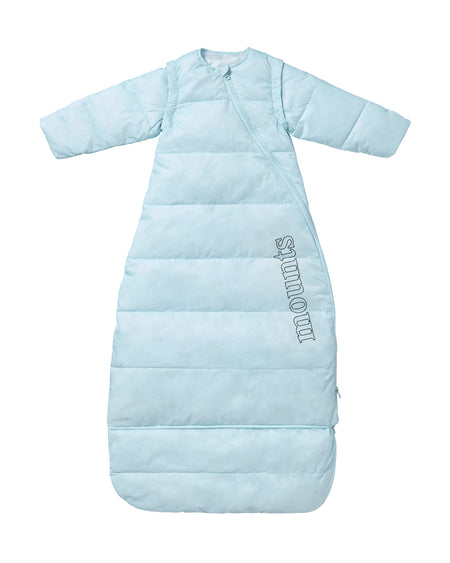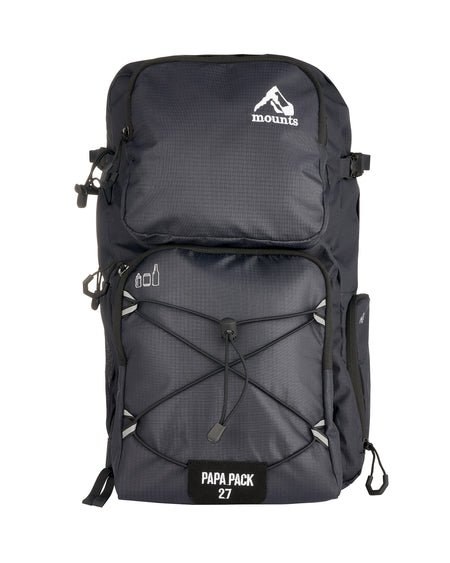It is recognised that inflatable air mattresses are not safe or suitable for young babies or toddlers. Air mattresses can deflate overtime and be prone to puncture especially when camping. A deflated air mattress has the ability to bunch up, create divots, and obstruct a natural breathing space (see information regarding SIDS). There are currently no regulations for the sale of air mattresses to young children. They are typically used as a cheap alternative to traditional mattresses.
While the risk to children sleeping on inflatable air mattresses should diminishes overtime. The parent must make their own decision as to the risks associated to their use.
Common camping mattress types:
Inflatable Air Mattress: Consists of air in-cased in fabric
Self-inflatable Mattress: Consists of sponge like foam in-cased in fabric
Cot Bed: Consists of fabric suspended by some form of tension
Sleeping Pad: Consist of a solid foam
Each type of camping mattress has it pro’s and con’s as well as complex sub categories of pro’s and con’s relating to design, materials, comfort and quality. We want to give a general overview to help inform your understanding and choice for safe and responsible etiquette with your little one.
Inflatable mattresses described above should be the last mat considered for your child.
Self-inflatable mattresses come in a variety of forms. Generally a rectangle piece of foam covered in fabric, air can be squeezed out of the foam (like a sponge) allowing the foam to compress and shrink for convenient carry and storage. The total shrinkage is limited to the density of the foam and any space removed out of the foam. Creative designs try to remove as much foam as possible while retaining insulating values. Generally however the less cut out the warmer the sleeping mat will be.
Cot Beds typically consist of a suspend single sheet of fabric stretched tightly over a frame. Frames vary greatly in their height off the ground, foldability, weight and strength. The Fabric does not provide any insulation but the added value of a cot is heat is not loss through the direct contact with the ground.
Sleeping Pads differ from self-inflatable mattresses as the foam used is non-sponge like and is completely solid. The foam is the only material used. Sleeping pads typically carry the highest insulation value due to their density but can bulky as a result.
All camping mats follow the same principles when it comes to determining their level of insulation, measured by ‘R value’. R value is used commonly in housing applications like rating wall insulation. The higher the number the more thermal resistance. R value is calculated by the density and thermal conductivity of a substance. For example less dense substances like air have low heat retention qualities while more dense objects like concrete is high. There is currently no internationally recognised standard testing method for determining the R value in camping mats. Thermarest a long standing expert in this filed has tried to achieve this and sets a standard. R value is additive meaning two mat’s with R value of 2 on top of each other equate to an achieved R value of 4.
Camping mats are the first line in defence to providing a warm nights sleep. Sleeping on the ground will constantly draw heat away from your body you need an appropriate mat that will prevent this. Mats range from an R of 0.5 to an R of ~7. R values below 2 are for ‘summer only’, between 2 and 4 are for ‘3 seasons’, between 4 to 6 ‘4 seasons’, and above 6 ‘extreme cold’.
When choosing an appropriate sleeping mat for your baby or toddler consider the season, temperature, ground type (for ex. soil or snow), the child’s age and construction type. See our additional resources on sleep safety (link to: SIDS, SUDI). It is not common for travel products to have an applicable R value, we urge you not to assume a home product will provide enough insulation for your next camping trip.
A warm safe nights sleep can make or break your experience. Choose correctly and build happy memories with your family forever





